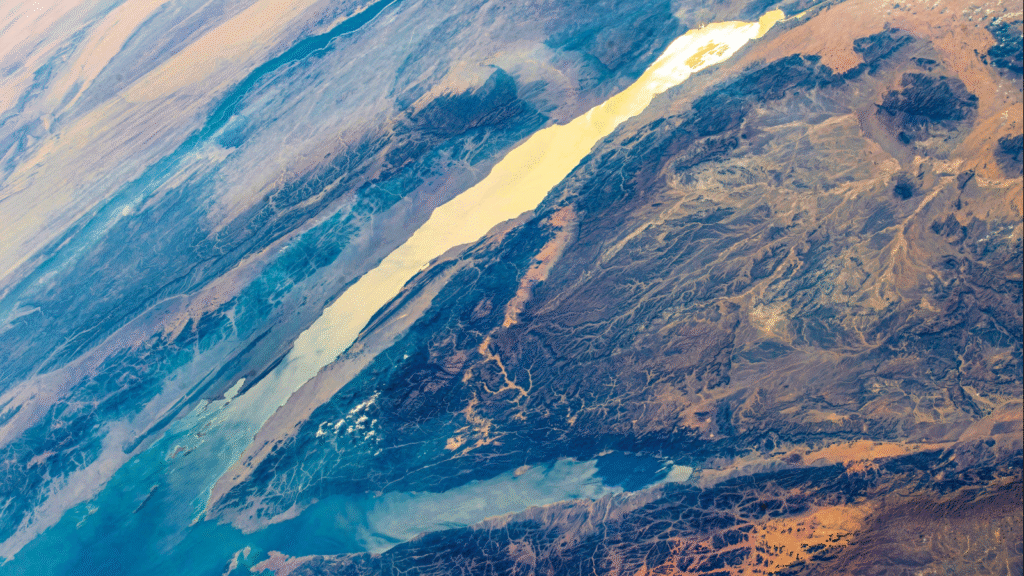Researchers have found that the Gulf of Suez, which partially separates Africa and Asia, may still be expanding.
Starting about 28 million years ago, the Arabian Plate separated from the African Plate, opening up what is today the Gulf of Suez. This type of rift would lead to the birth of a new ocean, but about 5 million years ago the rift stopped, leaving Suez a bay rather than an ocean.
you may like
“We believe our study fundamentally changes the way we think about the evolution of rift valleys,” study lead author David Fernandez-Blanco, a geoscientist at the Institute of Deep Sea Science and Technology at the Chinese Academy of Sciences, told Live Science via email. “Current conceptual models are quite binary. Either the rift succeeds (new ocean basins like the Red Sea form) or it fails (goes completely inactive). We show that there is a middle path that can slow down the rift without truly rupturing.”
Fernández Blanco said that although the Suez Gulf is usually considered a textbook example of a fissure gone wrong, the region is still littered with hints that a fissure may still exist. In some places along the bay, ancient coral reefs have been lifted out of the sea. Small earthquakes sometimes shake the area. And there are signs that the fault is lifting parts of the ground.
“What struck us was the disconnect between the traditional story of complete tectonic quiescence and hints of ongoing activity,” Fernández-Blanco said.
In the new study, researchers surveyed a 186-mile (300-kilometer) stretch of the rift valley, studying the terrain and the paths of rivers that cut through the rock. This could reveal unusual contours that cannot be explained by erosion alone and must be caused by tectonic movements. They also investigated the elevation of coral reefs that formed near the ocean surface during warm interglacial periods but now tower up to 60 feet (18.5 meters) above the bay.
Together, this evidence indicates that the rate of continuous rifting slowed 5 million years ago, when plate movements changed and tectonic deformation shifted to the Dead Sea, where a new plate boundary was forming between the African and Arabian plates.
But the cracks didn’t stop. It continues to pull apart the Gulf of Suez at a rate similar to the current extension of the western United States. This expansion of the western United States has created a series of mountains and valleys known as the Basin and Range states.
“Changing plate boundary conditions does not necessarily stop cracking,” Fernández-Blanco said. “The forces that cause the cracks are more persistent and complex than simple plate movement would suggest.”
The discovery could mean areas like the Gulf of Suez are more susceptible to damage from earthquakes than previously thought, he added. It also suggests that other cracks that have reportedly failed may be worth reexamining using modern tools to see if they have indeed stopped, he said.
“Earth’s crustal structure may turn out to be more dynamic and permanent than previously thought,” he says.
Source link

